Australia’s isolation and sweeping climate zones have produced a world-class roster of birds—from giant, flightless sprinters to dazzling rainforest “songbirds.” Below is a web-ready guide to 20+ standout species with common names, scientific names, how to identify them, and where to look.
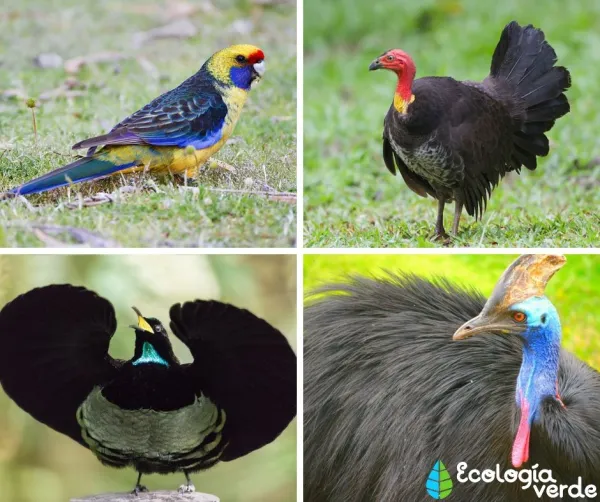
ID: Yellow head and underparts, bright red forehead bar, blue cheeks; long tail with grey-green tones and bluish outer feathers.
Range & habits: Endemic to Tasmania. Edges of forests, orchards, gardens. Eats seeds, fruit, blossoms; clear, ringing calls.
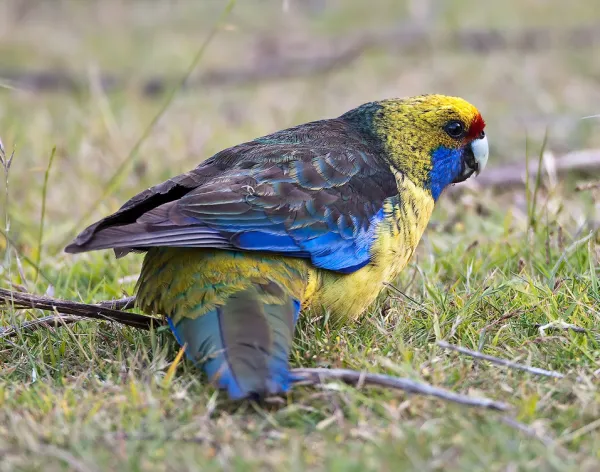
ID: Small, ground-dwelling “quail-like” bird with intricately mottled black-white-brown plumage; dark, patterned breast.
Range & habits: Moist forests of eastern Australia, especially coastal zones. Strictly terrestrial; forages in leaf litter for insects and seeds.
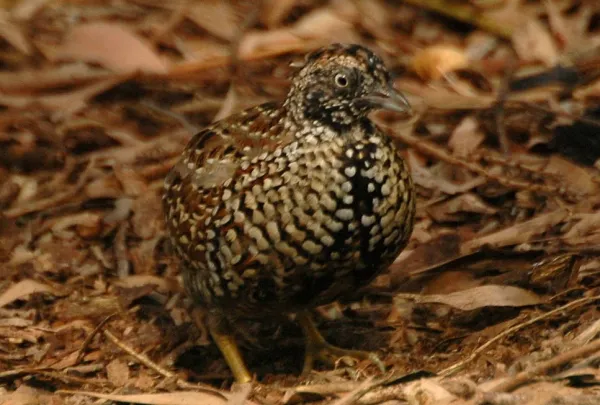
ID: Heart-shaped facial disc; deep grey “smoky” plumage densely speckled white.
Range & habits: Wet tropics of far-north Queensland (Cape York region). Nocturnal raptor hunting small mammals and large insects in rainforest gullies.
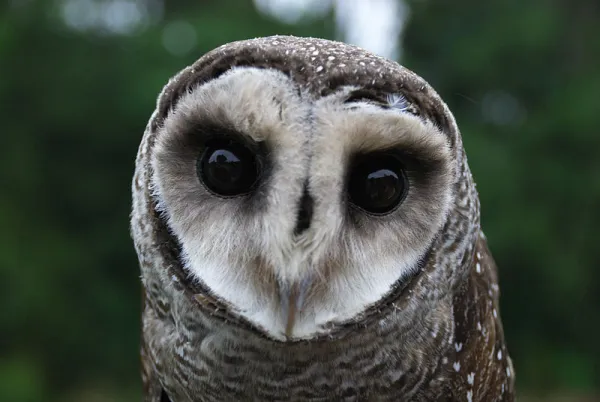
ID: Long, stiff tail used for bracing; dark brown overall with rusty chest patch and pale belly.
Range & habits: Upland rainforests of northeast Queensland. A passerine “songbird” that flicks leaf litter and probes bark for arthropods; also takes small vertebrates.
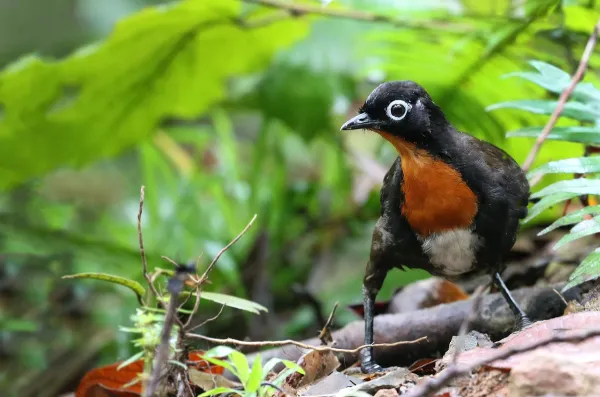
ID: Turkey-like megapode; dark body, bare red head/neck, males show a bright yellow wattle.
Range & habits: Eastern coastal forests. Famous “compost incubator”—males build large leaf-mound nests and regulate the mound’s heat to incubate eggs.
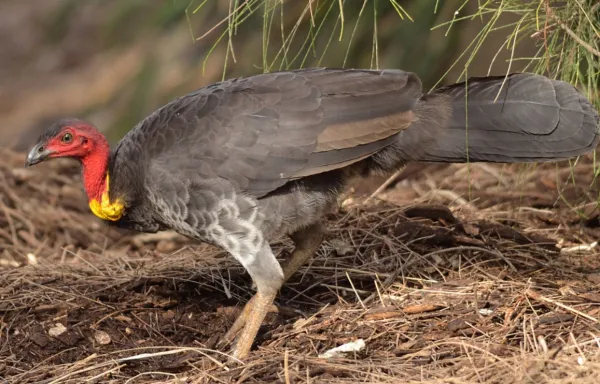
ID: Male is velvet-black with electric green-blue iridescence on throat/breast; spreads wings in dramatic courtship.
Range & habits: Atherton Tablelands and nearby Wet Tropics, Queensland. Eats insects and fruit; a bird-of-paradise within the passerines.
Other notable passerines of eastern/southern Australia (look-ups you’ll likely encounter):
Macleay’s Honeyeater — Xanthotis macleayanus
Green Catbird — Ailuroedus crassirostris
Red-eared Firetail — Stagonopleura oculata
Superb Lyrebird — Menura novaehollandiae
Eastern Bristlebird — Dasyornis brachypterus
Rufous Scrub-bird — Atrichornis rufescens
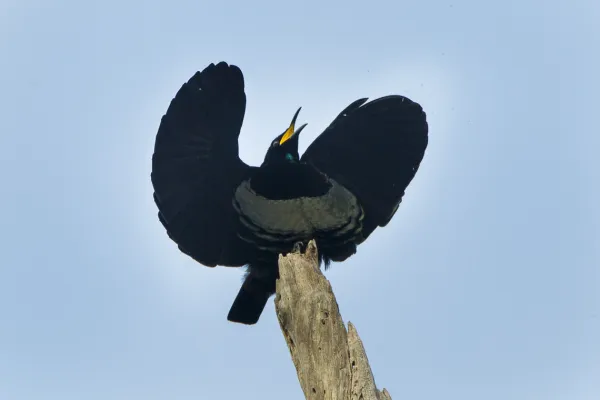
ID: Crow-like but more slender; yellow iris, hefty bill.
Range & habits: Tasmania endemic. Edges of woodland and highland scrub. Omnivore—berries, invertebrates, small vertebrates.
Close relatives on the mainland/nearby islands: Pied Currawong S. graculina, Grey Currawong S. versicolor.
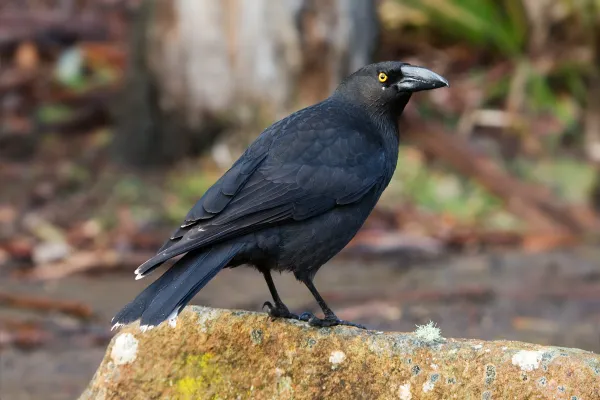
Baudin’s Black Cockatoo — Calyptorhynchus baudinii
Carnaby’s Black Cockatoo — Calyptorhynchus latirostris
Western Corella (Pastinator) — Cacatua pastinator
Long-billed Corella — Cacatua tenuirostris
Shared traits: Prominent erectile crest, loud rasping calls, powerful bills.
Where to look: Southern and south-western Australia, from eucalypt woodland to farmland. Diet spans nuts, seeds, bulbs/tubers, grubs; often noisy flocks.
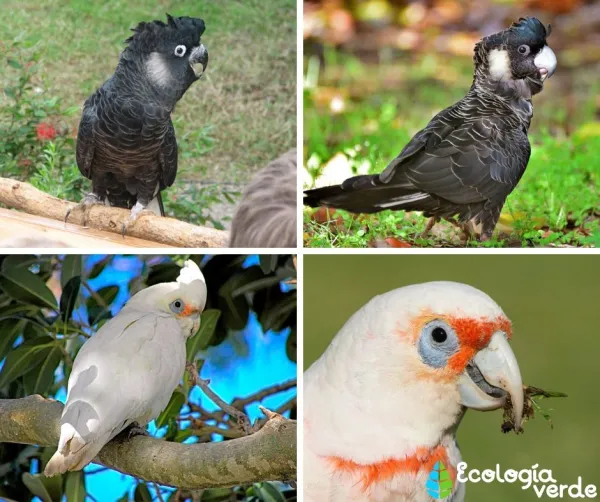
ID: Up to 1.5 m tall, glossy black body, blue/red bare neck, bony casque on head; three-toed, dagger-like inner claw.
Ecology: Tropical rainforest mega-seed dispersers; swallow large fruits and transport seeds far. Wary—observe at distance.
ID: World’s #2 tallest living bird; shaggy brown-grey plumage with black tips.
Ecology: Widespread across arid to semi-arid Australia. Fast runner (to ~50 km/h). Omnivorous; males incubate and guard chicks.
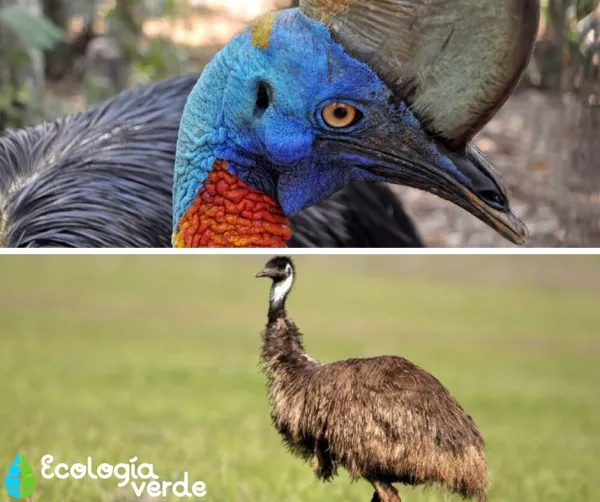
Color blocks that pop: red forehead bar (Green Rosella); electric green sheen (Riflebird); red bare head (Brush-turkey).
Silhouette & behavior: ground-foraging swirl marks (Buttonquail), mound-building (megapodes), tall runner with long legs (Emu).
Voice: currawongs’ ringing, crow-like calls; cockatoos’ harsh screeches; riflebird’s distinctive whistles and clicks during displays.
Wet Tropics, QLD (Cairns–Atherton Tablelands): Riflebird, Lesser Sooty Owl, Chowchilla, and rainforest honeyeaters—year-round, peak activity in dry season mornings.
Tasmania: Black Currawong and Green Rosella common; summer adds seabirds along the southern coasts.
Eastern coastal forests: Brush-turkey mounds visible most of the year; listen for buttonquail in dense ground cover after rain.
Interior/semi-arid: Emu frequent—scan open plains at dawn/dusk.
Keep distance—especially from cassowaries and nesting megapodes.
Avoid playback near threatened species; stick to short observation windows.
No feeding; pack out all waste; stay on trails to protect sensitive understorey.
From the velvet-black gleam of Victoria’s Riflebird to the thunderous stride of the Emu, Australia’s birds span rainforests, farms, coasts, and deserts. Use this guide’s ID traits, range cues, and timing to plan responsible encounters—and you’ll consistently find the continent living up to its reputation as a birder’s paradise.
Bibliography
Forshaw, J. M. & Cooper, W. T. (1981) Parrots of the World. David & Charles, Newton Abbot, London. p. 233.
Ferrán i Andreu, O. & Induráin, J. (2002) Current Atlas of Universal Geography. SPES Editorial, 7th edition, pp. 194–195.
Ardeola. Handbook of the Birds of the World. Madrid: SEO/Birdlife, 45 (1): 87–96.
animal tags: australian birds
We created this article in conjunction with AI technology, then made sure it was fact-checked and edited by a Animals Top editor.